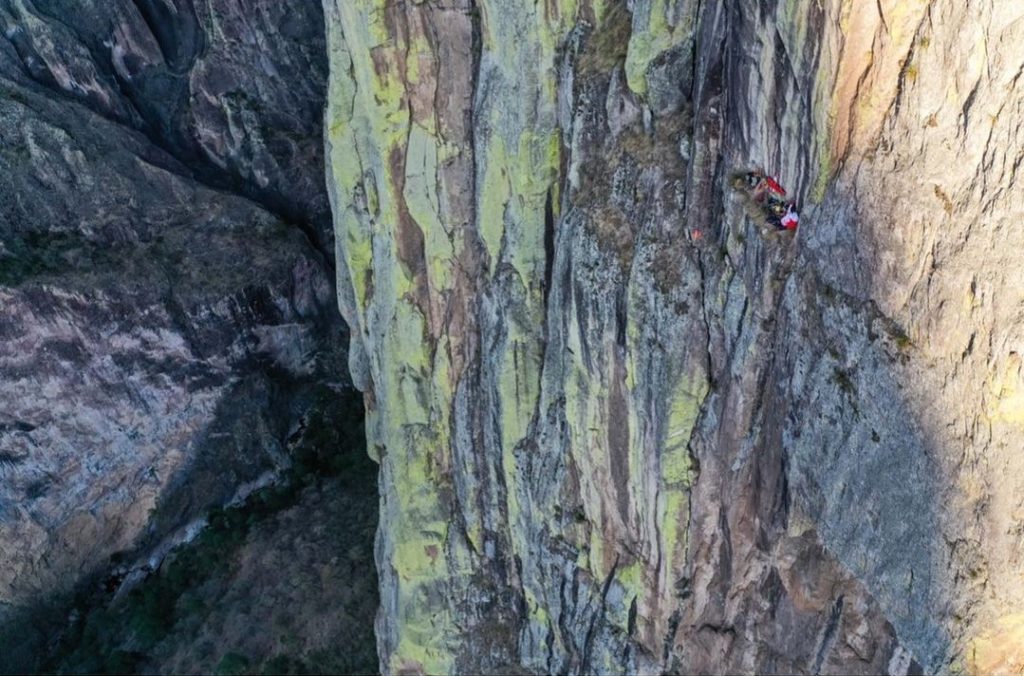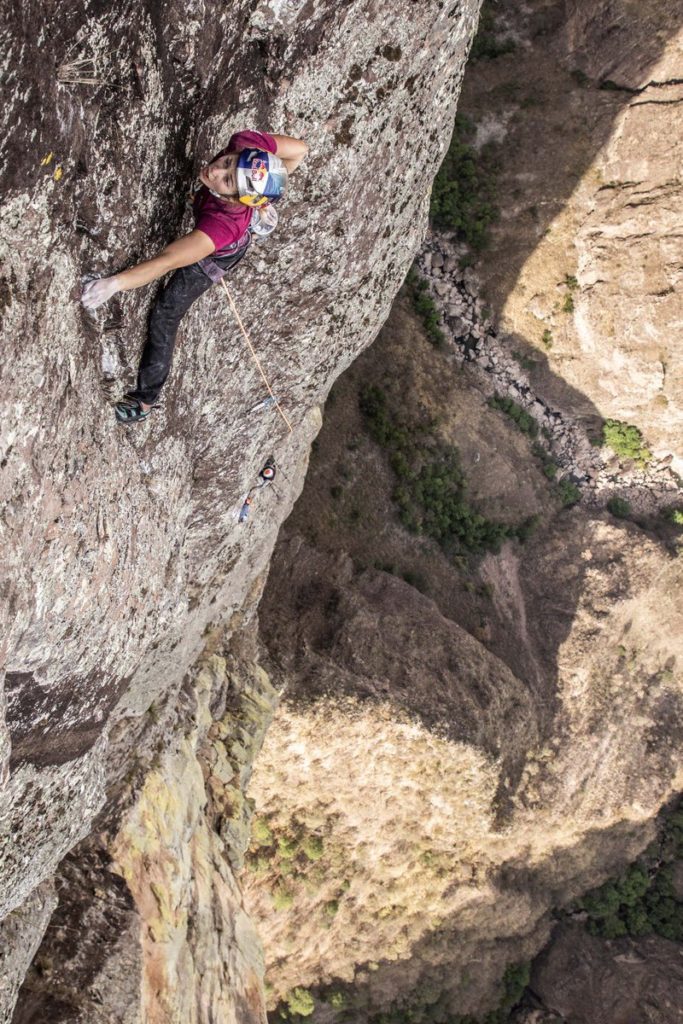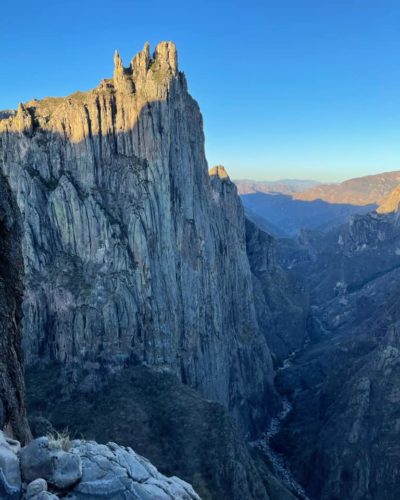Il était une voie – Once upon a line: Surveiller et punir
Derrière tout passage d'escalade, il y a d'abord une ligne, mais aussi des grimpeurs qui l'ont faite naître. Plongez au cœur de passages de légende avec la rubrique "Il était une voie", un état civil de ces itinéraires qui continuent de fasciner des générations et de façonner notre activité !
Behind every route there is a vision, and the climbers who made it reality. Dive into the history of legendary routes with the section “Once upon a line”, a sort of ‘Origins’ of these gems that keep on fascinating us generation after generation, and shaping our passion!
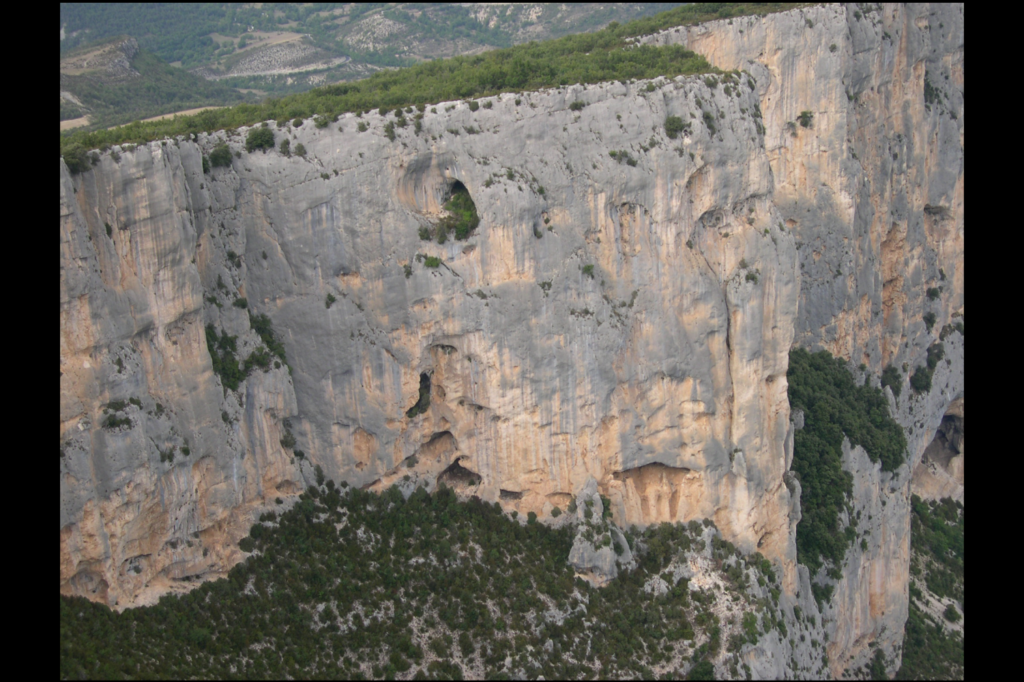
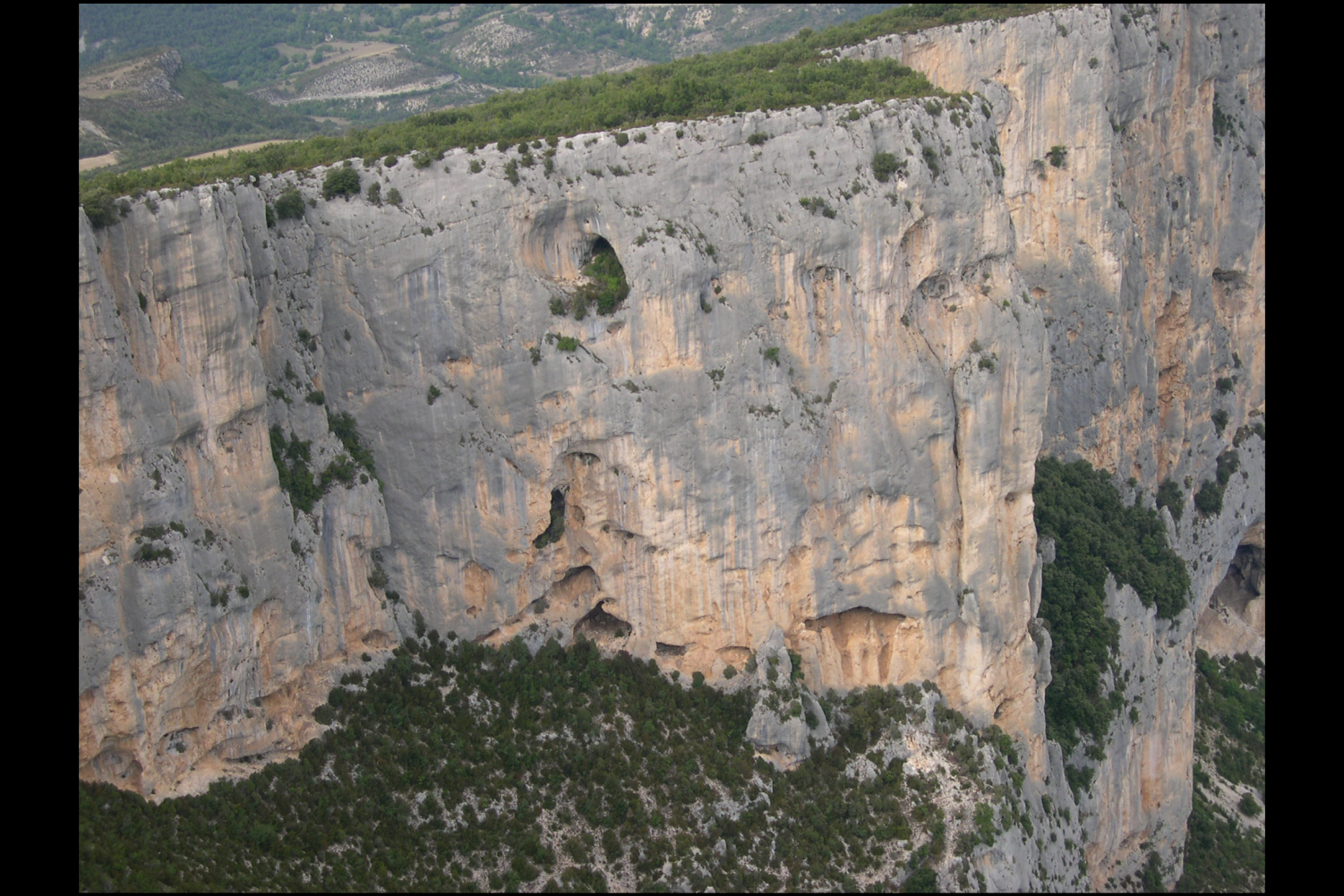
Surveiller et punir
Verdon, Provence, France
Escalès, Jardin des Suisses
Marco Troussier, 1981
Marco Troussier, 1981
On ne devient pas « ouvreur » par hasard, il faut un peu d’ambition, du temps libre et de la persévérance.
Avant le virage des années quatre-vingts, alors que le « libre » repoussait les frontières de l’escalade sportive, le Verdon fut un Eldorado.
Au fil de mes visites assidues, j’avais appréhendé l’étendue du domaine grimpable vierge et je songeais à quelques ouvertures.
Un jour, je sus qu’une voie nouvelle : Frimes et châtiments, avait été équipé depuis le haut (pour une partie), par un grimpeur. Claude Vigier avait eu du nez en colonisant une portion assez obscure et retirée de l’Escalès, plus modeste par sa taille, mais pas moins raide ni moins belle que certains murs idéalement placés aux abords des belvédères. Cette portion de calcaire fut aussitôt identifiée comme la dalle de : Frimes et châtiments (jeu de mot évident).
Le Verdon connaissait une notoriété retentissante. Y grimper était un « must ». Equiper une voie dans ce temple relevait du « nec plus ultra » de la distinction aristocratique grimpante. Ce faisant, on entrait dans un cénacle restreint propre à satisfaire l’ego que toute création, brillante et reconnue comme telle, procure.
Alors que la révolution de l’escalade sportive française faite de SPITS et de méthodes de « travail » des voies, avait « corrompue » l’éthique anglo-saxonne, les irréductibles américains tentaient d’endiguer les égarements français par des anathèmes et des condamnations qui nous laissaient froid.
L’aventure n’était plus de tracer de nouveaux itinéraires depuis le bas « by fair means », avec l’audace des pionniers inconscients, mais simplement de jeter une corde, repérer les prises, espacer les points et tenter d’enchainer la longueur (ou plusieurs) en « bon style » ce que l’on appelle même plus aujourd’hui : le « libre » et que l’on n’a jamais (sans doute à tort) appelé l’escalade gymnique.
John Bachar, ultime porteur du flambeau d’une lignée de « pionniers » américains du « free climbing » et auteur de solos étourdissant d’audace (impressionnant lors de son premier passage aux USA un certain Patrick Edlinger !), vint lui aussi tâter du calcaire, une matière presque inconnue de lui, avant de réaliser une tournée européenne, notamment avec Wolfgang Güllich à qui il avait démontré ses propres méthodes d’entrainement (mais pas uniquement à lui). Rarement un seul grimpeur aura tant marqué son époque, à l’instar d’un Alex Honnold aujourd’hui.
Bachar, même en France, ne pouvait se résoudre à pratiquer un jeu « décadent », et plutôt que de gravir les voies de haut en bas en utilisant les SPITS plantés d’une façon indigne à ses yeux, il prit le parti de grimper certaines voies (ou sortie de voies), depuis le haut en moulinette. La légende prétend qu’il gravit le Bombé de Pichenibulle de cette façon (premier 7b+, voire 7c !) et qu’il jeta un peu après, une corde dans ce qui deviendrait la même année « Surveiller et punir » sous les coups de mon tamponnoir. Que de bonheurs j’ai connu pendu sur ma corde à supputer un itinéraire dans un rocher si beau, si pur.
A peine quelques jours après son parcours depuis le haut des quarante derniers mètres de ma future voie (sans d’ailleurs savoir qu’il l’avait gravi ainsi), je jetais une corde, puis deux, puis trois, pour créer un bel itinéraire qui fut instantanément une référence par sa beauté et la qualité de sa grimpe sur un caillou parfait. Idéalement placée au milieu de la dalle, elle devint rapidement une des voies les plus photographiée et filmée du Verdon.
Pourtant, la dalle de « Frimes » connu un succès qui entraina sa chute. La patine de la plupart des itinéraires y est impressionnante, il faut s’écarter un peu sur sa droite pour rencontrer à nouveau du caillou agréable à grimper.
Surveiller et punir, c’est aussi (et surtout), un livre phare de Michel Foucault. Il documente la naissance de la prison au 18 èm siècle et les nombreux bâtiments (notamment inspiré par le panopticon) qui permettent à un geôlier, en plaçant le surveillant au centre d’un édifice en étoile, de surveiller en un clin d’œil la silhouette de nombreux détenus. Cette police du regard n’est pas sans rappelé les derniers développements de la reconnaissance faciale que les « big data » nous promettent, et déjà mis en œuvre par les dirigeants chinois.
Surveiller et punir (le livre), reste d’une totale actualité, on se plait à imaginer ce que Foucault aurait écrit sur les dérives sécuritaires actuelles et la constante dérive autoritaire de certaines « démocratie ».
Surveiller et punir (la voie), n’est plus la belle classique que nous avons connue, défigurée par de trop nombreuses moulinettes.
Le livre m’est resté en mémoire comme une référence (surtout en ces temps de pandémie et de contrôle social), la voie que j’ai tracée un peu moins, surtout à cause de son usure, c’est le sort de toutes les « classiques » que de mal vieillir.
Néanmoins, je ne peux revenir dans les gorges sans aller observer les grimpeurs dans cette voie (la plus photographiée et filmée des gorges ?), avec la satisfaction un peu égotiste d’avoir tracé une des plus belles voies du Verdon, qui sans aucun doute me survivra.
One doesn’t become a “bolter” by chance, some ambition is needed, free time and perseverance too.
Before the turn of the 80s, when climbing was pushing the limits of the ‘sport’ aspect, the Verdon was an eldorado.
In the course of my frequent visits, I had got an understanding of the extent of the climbable area, all virgin rock, and had thought about bolting some lines.
One day I found out that a new route, “Frimes et châtiments”, had been bolted from the top (a part of it) by someone. Claude Vigier had got it right by colonising a rather obscure and remote section of l’Escalès, more modest in sheer size, but no less steep or beautiful than some of the ideally positioned walls near the access points. Straight away, this portion of limestone was identified as the “Frimes et châtiments slab”.
The Verdon was going through its golden age. To climb there was a must. Bolting a line in this temple granted you the very top distinction among the climbing aristocracy. Thence, one entered into a small circle giving the satisfaction to one’s ego that all creation, brilliant and seen as such, provides.
Whereas the revolution of French sport climbing—with expansion bolts and the working of routes—had “corrupted” British ethics, unimpressed Americans were trying to thwart the spreading of the French folly with expletives and condemnations that left us cold.
Adventure did not consist in opening new lines from the ground up and by fair means anymore, endowed with the spirit of heedless pioneers, but simply in throwing a rope down, checking out the holds, hammering in the bolts and trying to send the pitch (or pitches) in style, that is, in today’s speak: to “free” it, instead of calling it gymnic climbing (as we should have).
John Bachar, the last heir in a long line of US pioneers and responsible for outstanding solos (who made a lasting impression on Patrick Edlinger when he first visited America), also came to get his hands on limestone, a rock rather unknown to him, at the beginning of his European tour—including with Wolfgang Güllich, with whom he had shared his training methods. Rarely has a single climber influenced his own era so much, like a Honnold today.
Even in France, Bachar would just not be drawn into playing a “decadent” game, and rather than climb using the in situ bolts, which hurt his sensibility, took it upon himself to top-rope the last pitch of some routes. Legend has it that he ascended the “Bombé de Pichenibulle” this way (first 7b+, or even 7c!) after which he then threw a rope down what would later that year become “Surveiller et punir” under my hammer. What untold joy I felt sitting in my harness, trying to fathom a line out of such beautiful and pure rock.
A few days only after his top-rope shenanigans in the top section of the 40m of my soon-to-be route (I was then unaware of his climbing in it) I threw a rope, then two, then three, to bolt a line that became an instant hit due to its beauty and the quality of its climbing on perfect rock. Ideally positioned in the middle of the face, it quickly turned into one of the most photographed routes in the Verdon.
Having said that, the “Frimes slab” got too popular. Most lines are incredibly polished, and you have to move to the right to find decently climbable rock again.
“Surveiller et punir” is also (mostly) a landmark book by philosopher Michel Foucault. In it, he documents the birth of the modern concept of prison in the 18th century, and all the buildings (inspired by the panopticon) that allow a supervisor, once he has placed a guard in the centre, to watch each and every prisoner in a flash. This watching police force may bring to mind the latest developments in facial recognition that the big data companies are promising, and which are already prevalent in China.
Surveiller et punir (the book) remains painfully contemporary, and one wonders what Foucault would have made of the current trends in “security measures” and the authoritarian slant taken by some “democracies”.
“Surveiller et punir” (the route) is no longer the beautiful classic that we have known, disfigured that she has become by endless top-roping.
The book has stayed with me as a reference (especially in our times of pandemic and social control), the line I bolted a bit less, due to its polish, but such is the fate of classics that they grow old disgracefully.
However, I cannot go back to the gorges without spending some time watching climbers in it, with the slightly selfish satisfaction of having bolted one of the prettiest Verdon lines, which no doubt will outlive its maker.
Photo: Marco Troussier
Témoignage/Account: Marco Troussier
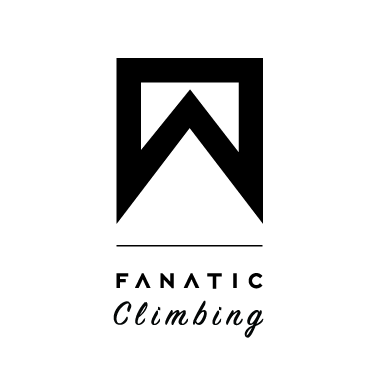
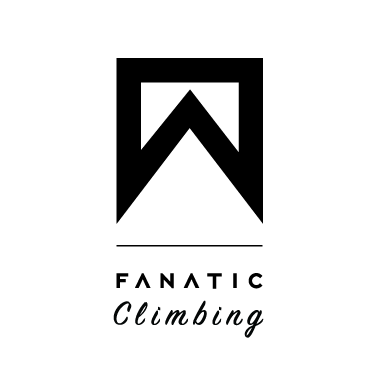
L’article Il était une voie – Once upon a line: Surveiller et punir est apparu en premier sur Fanatic Climbing.
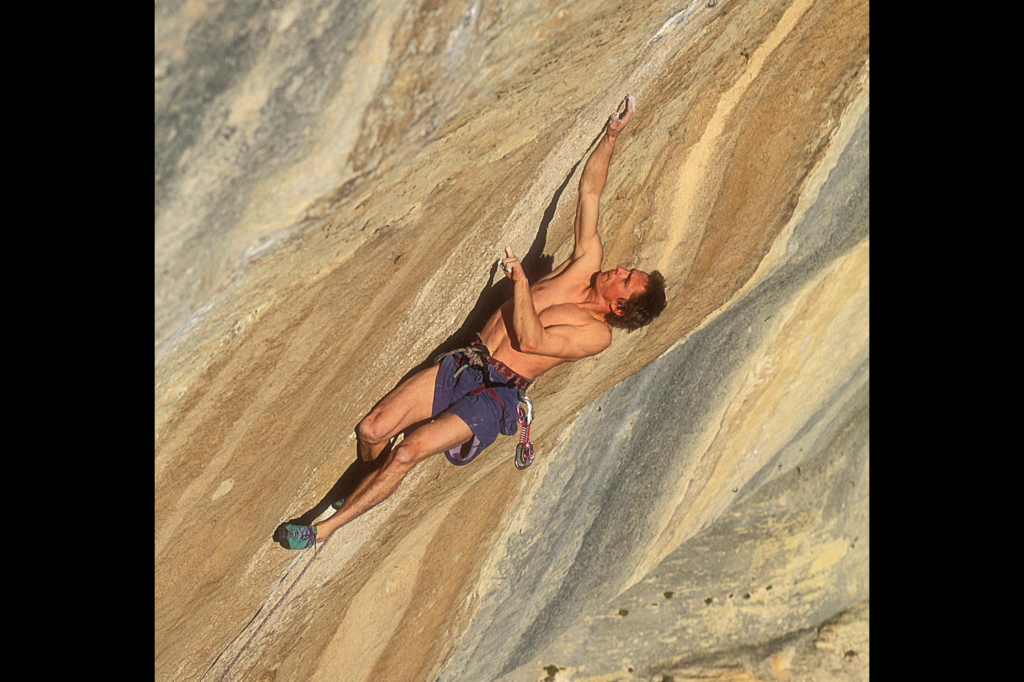
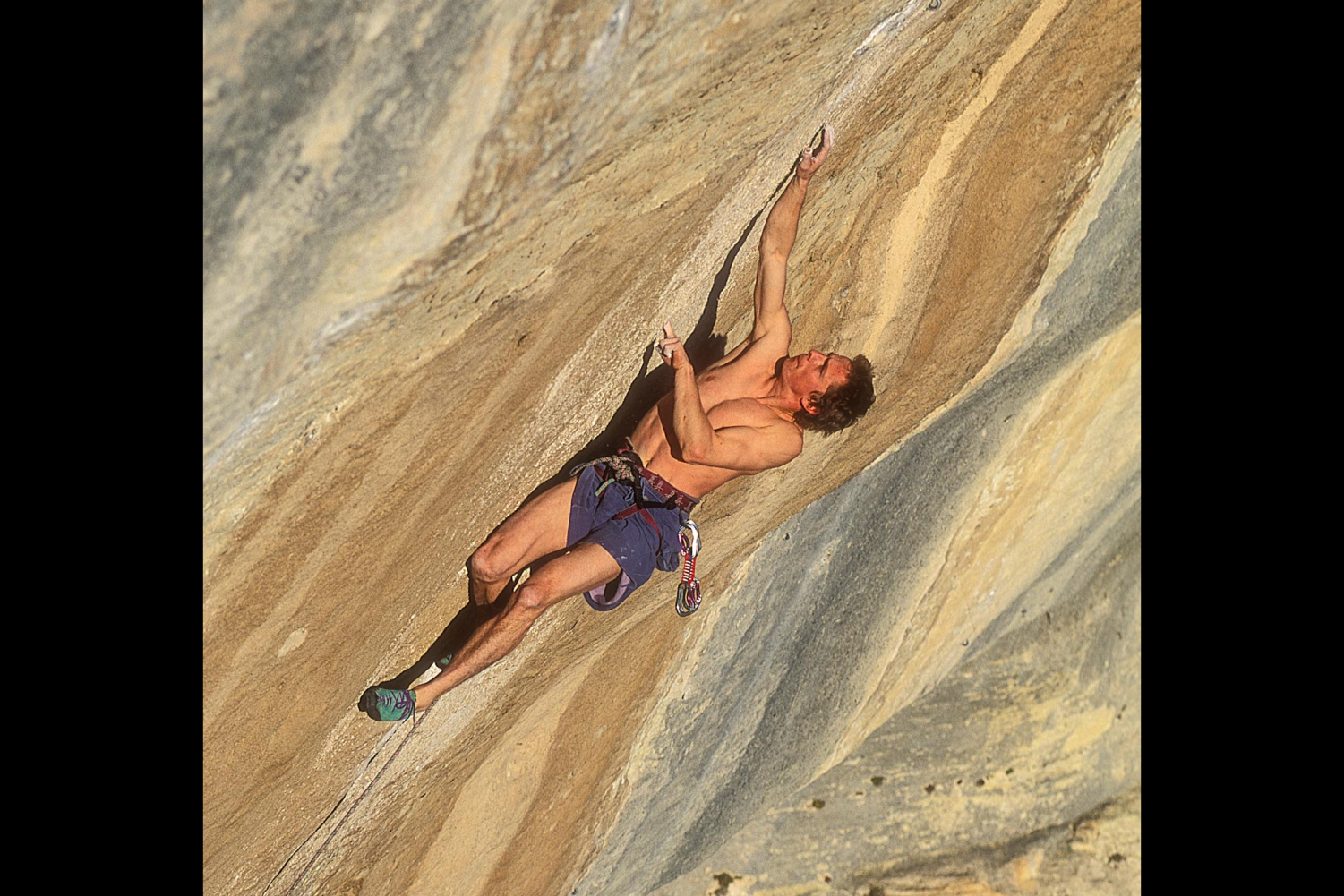

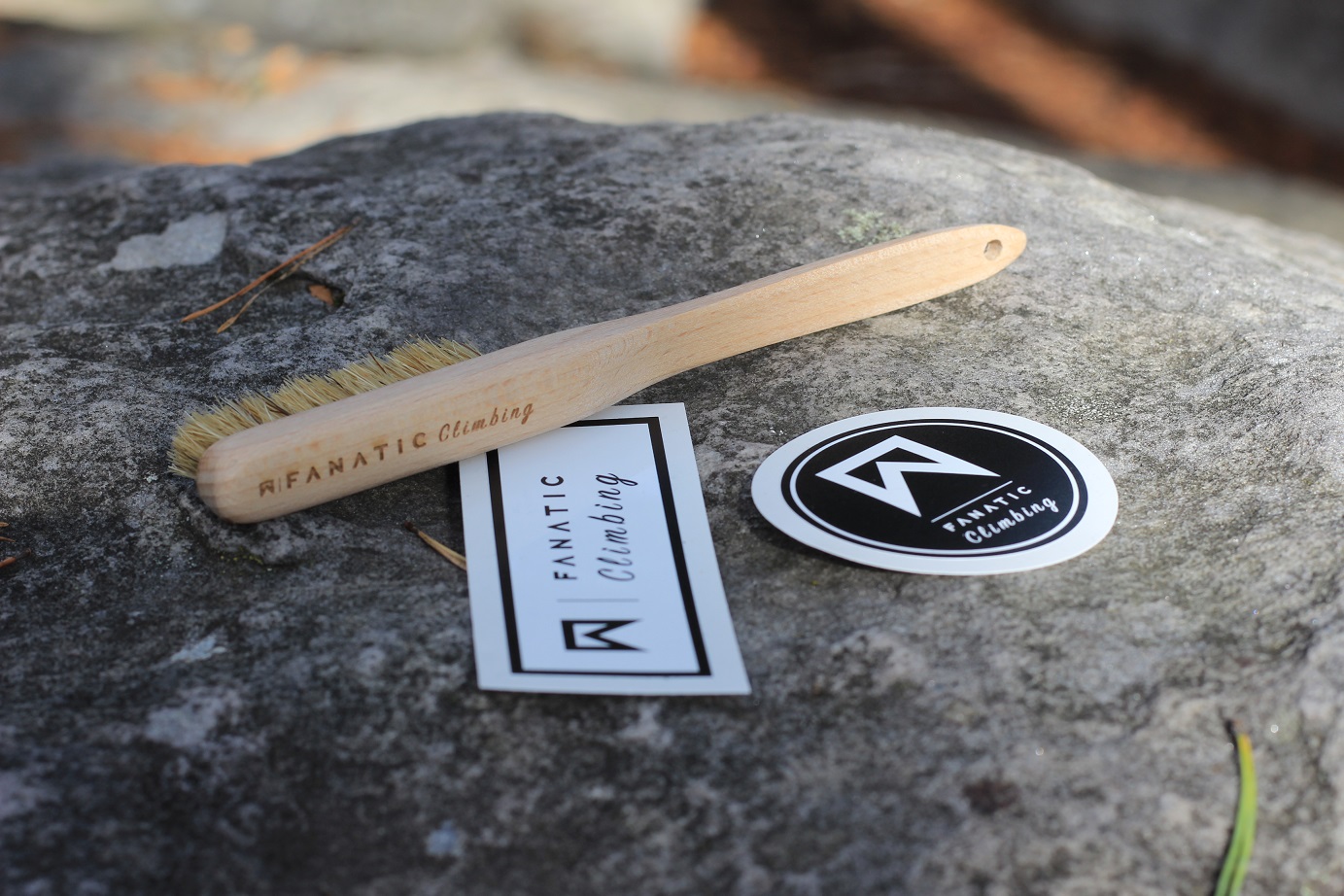
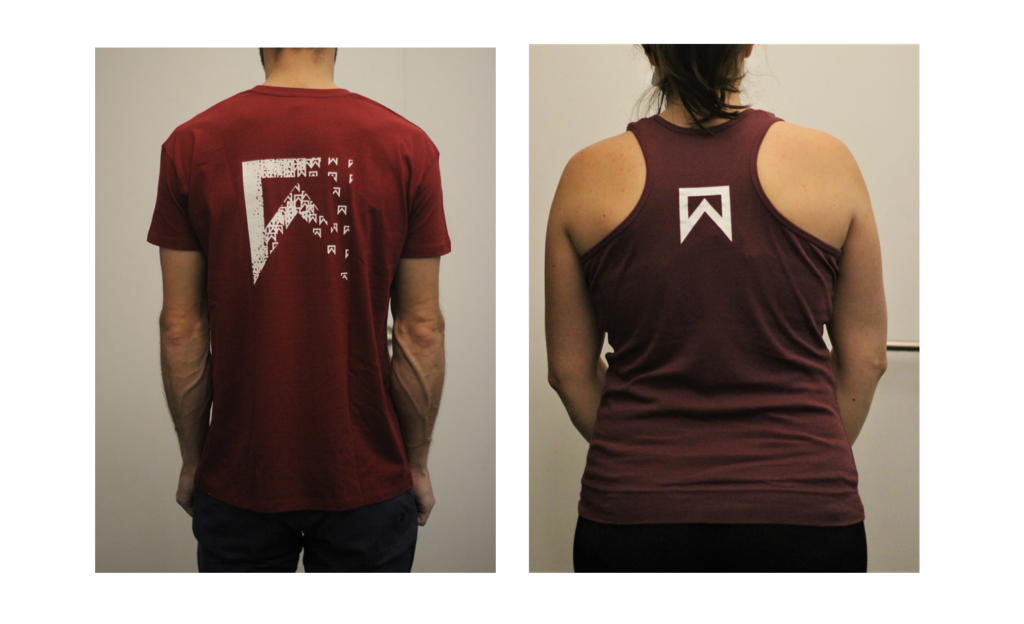
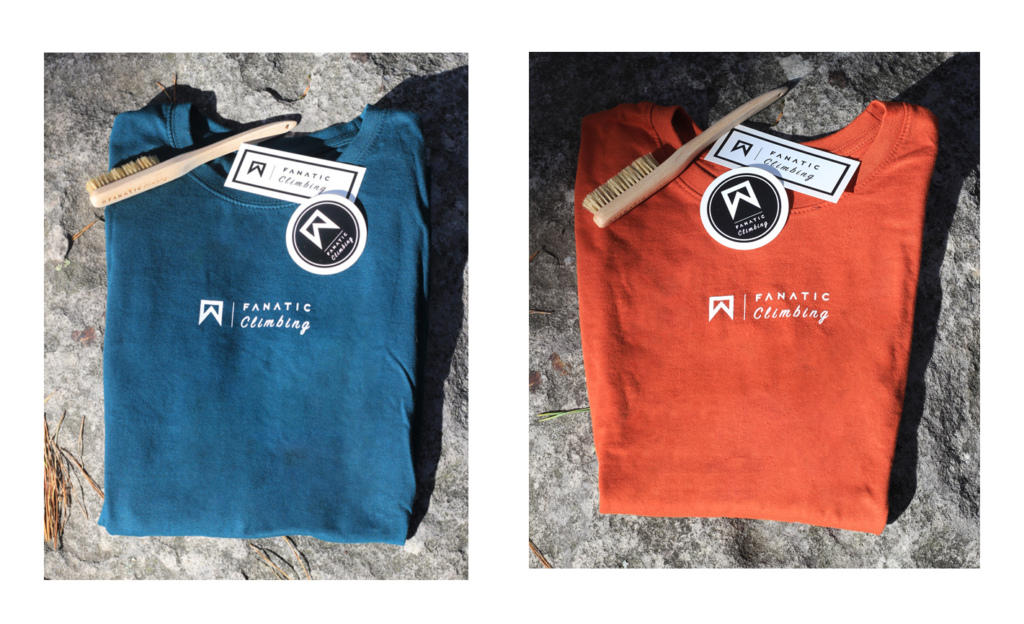

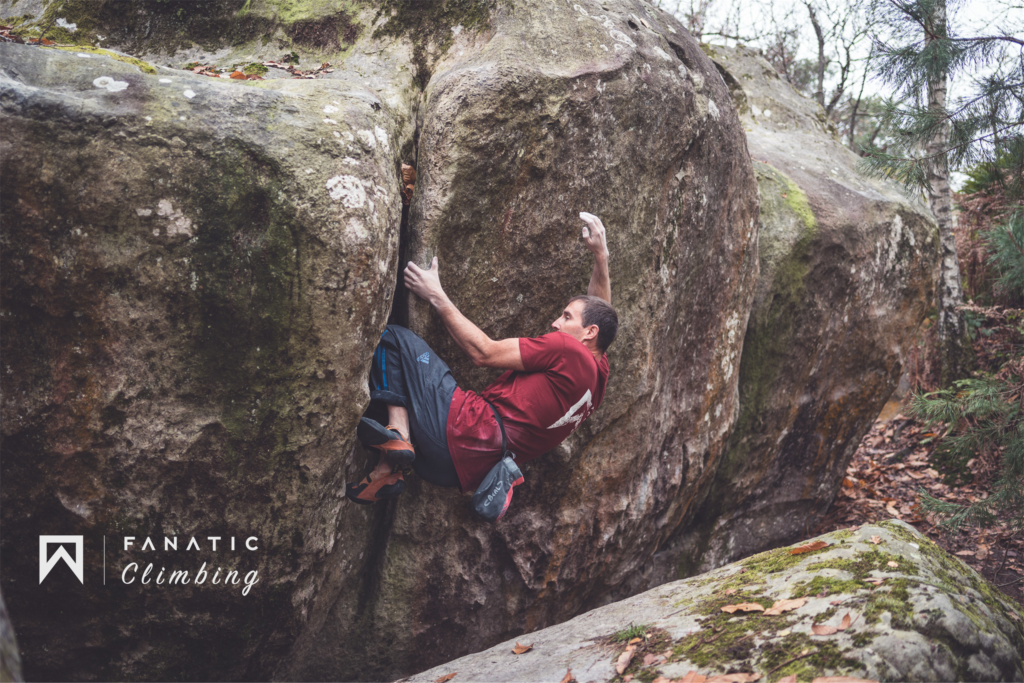
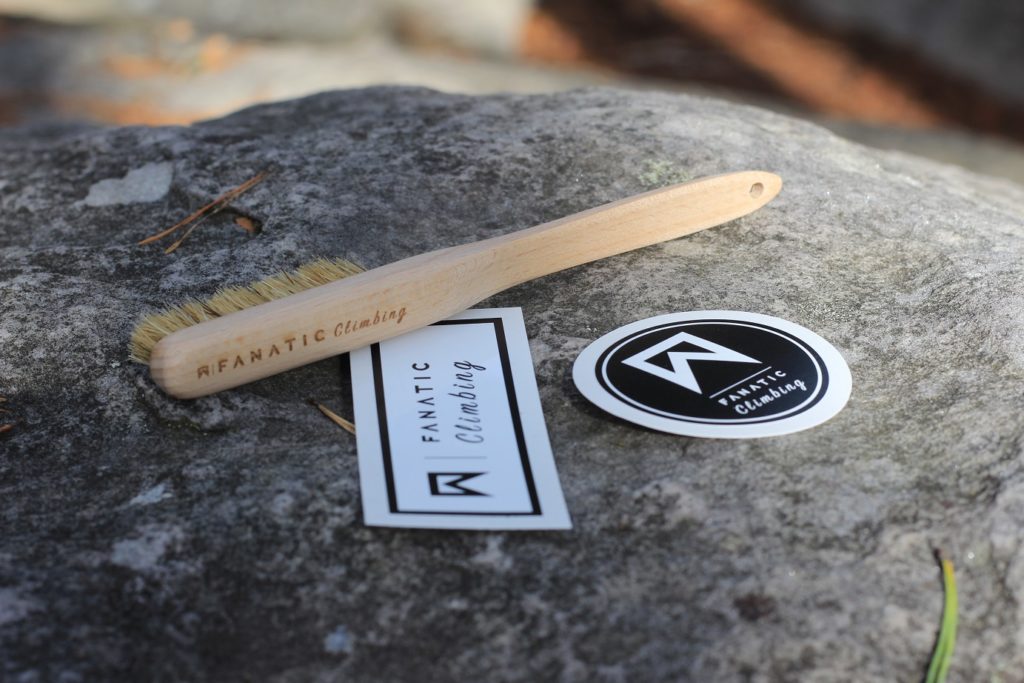

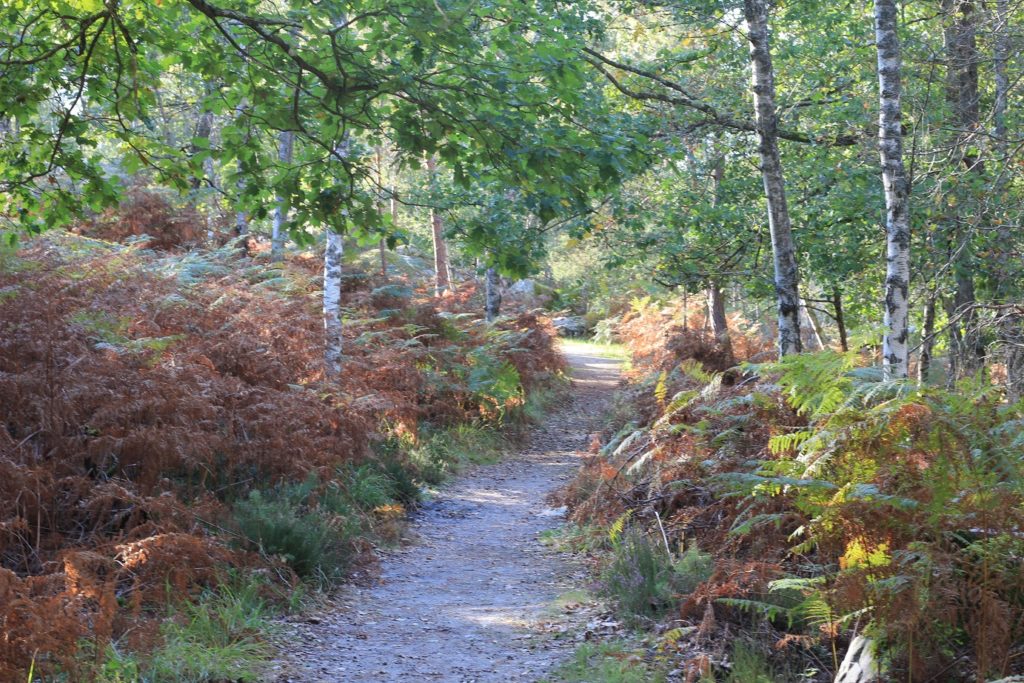
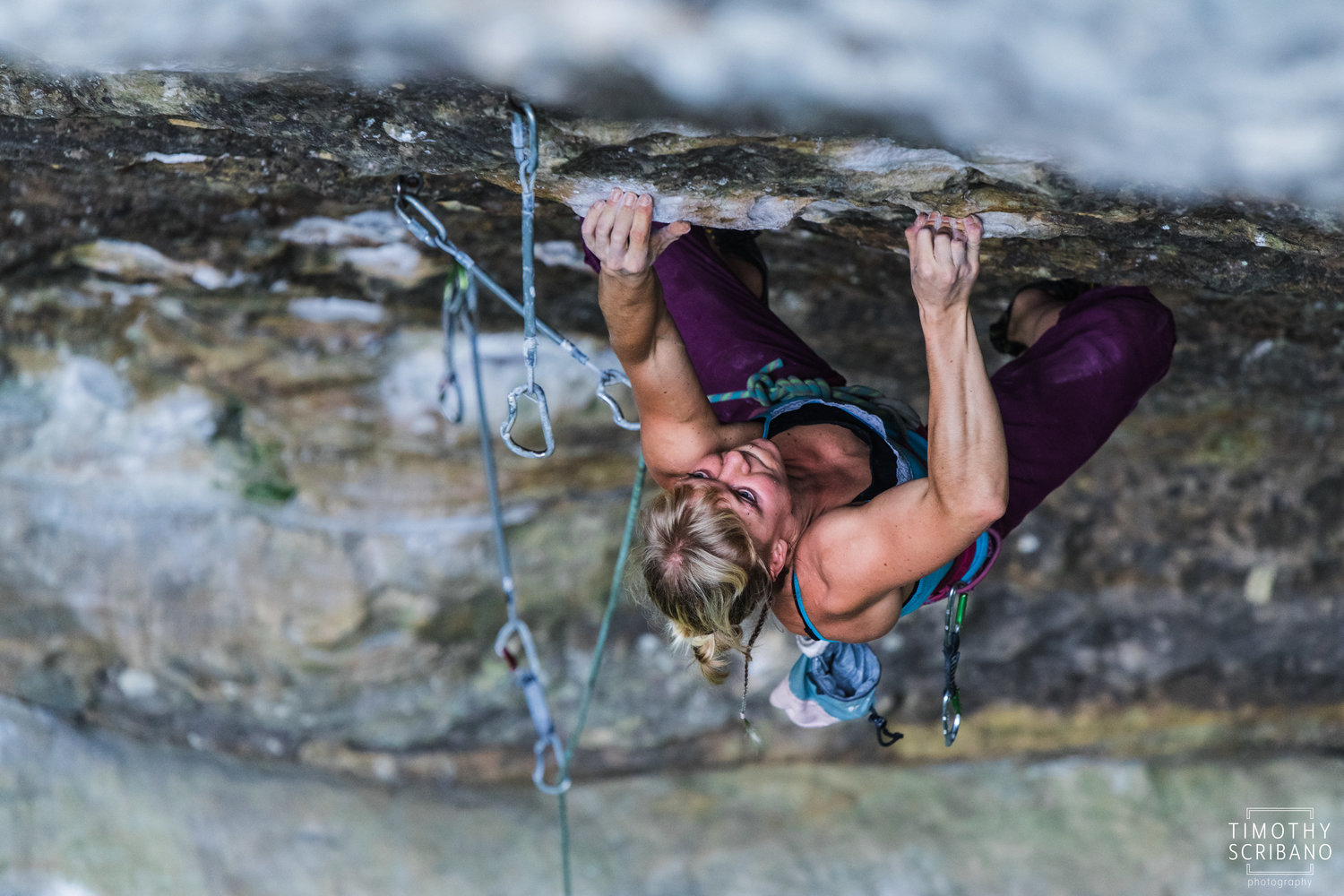
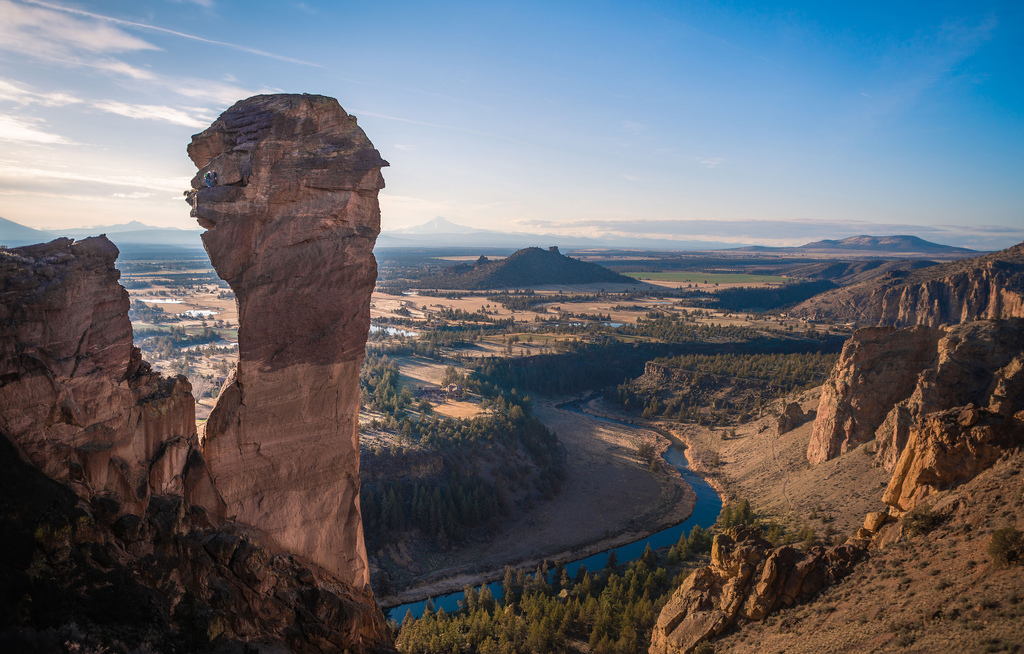
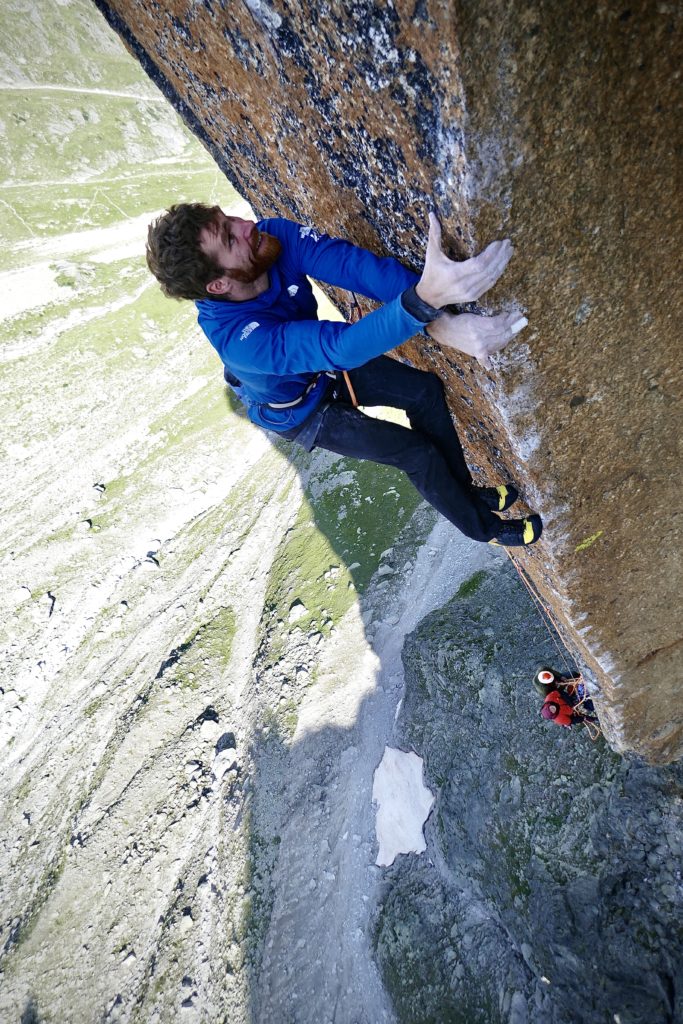
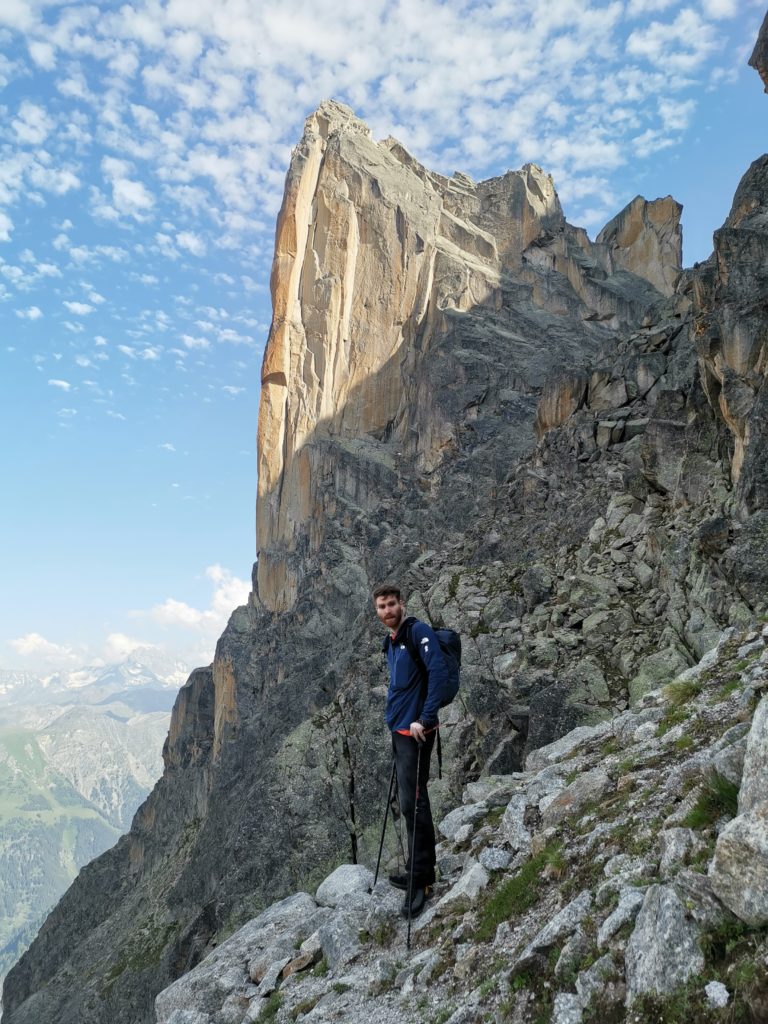
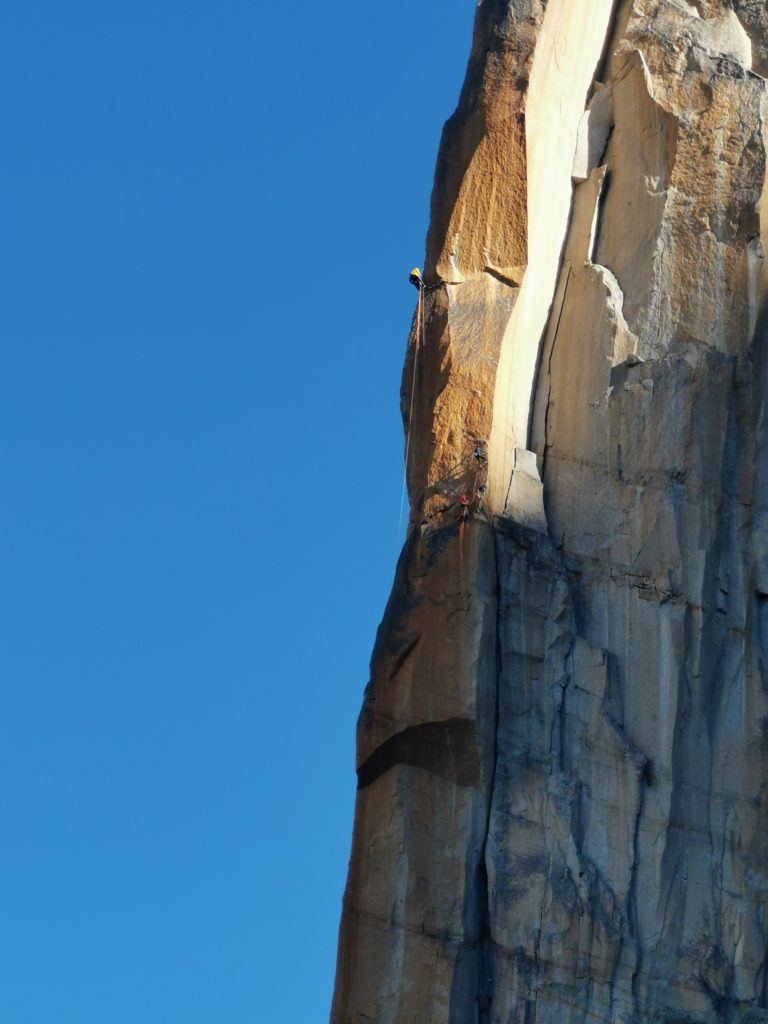
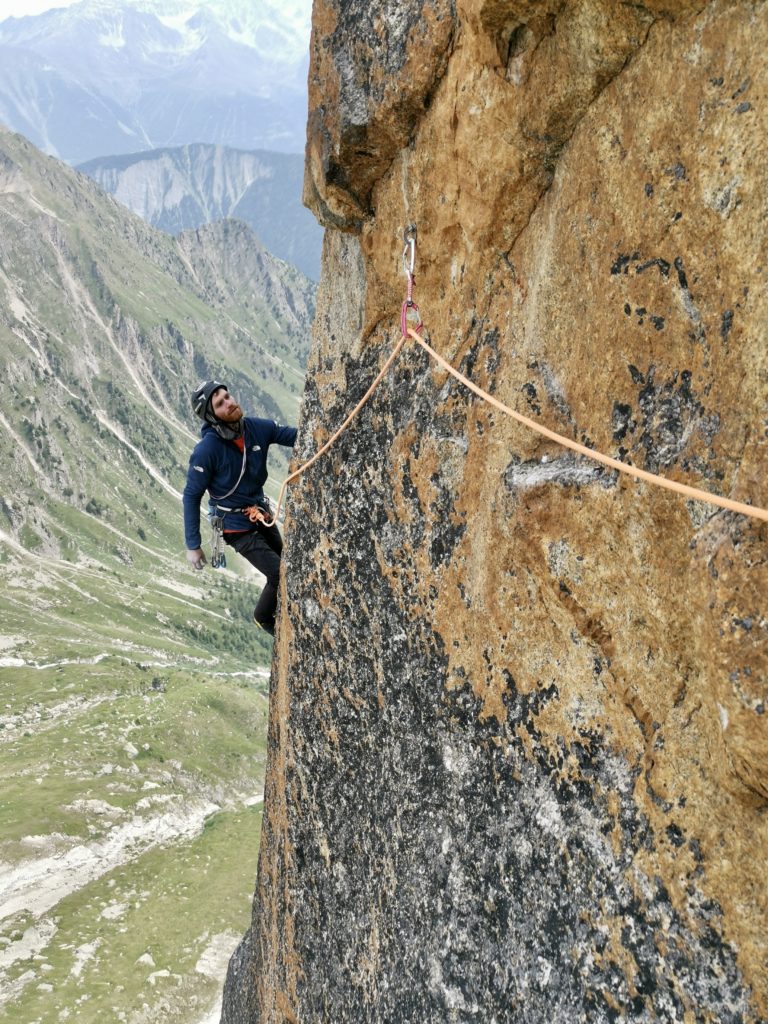
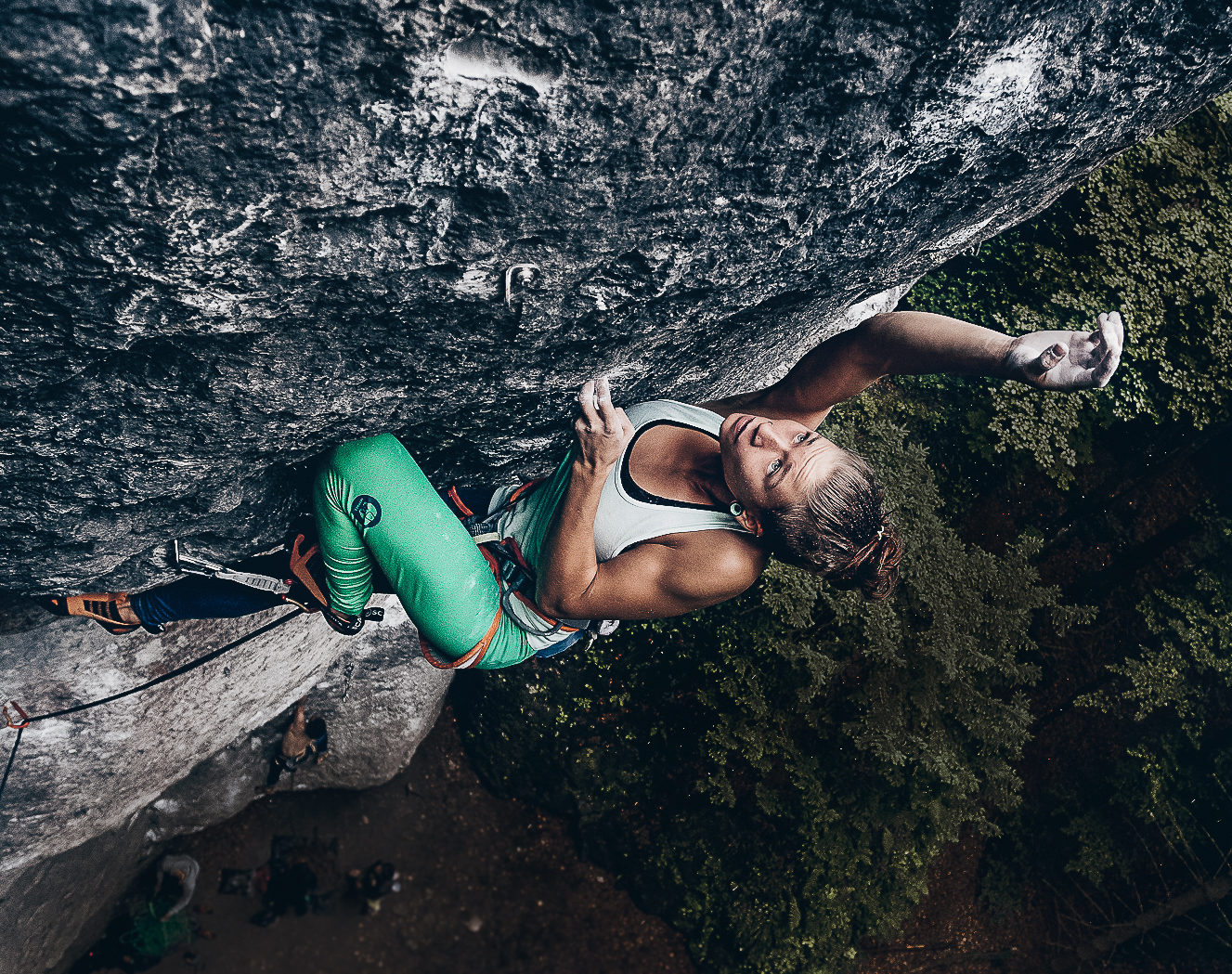 <img class="vce-single-image" src="https://fanatic-climbing.com/wp-content/uploads/2021/07/wallstreet_johannaernst-e1625599491620.jpg" width="1024" height="809" alt="" title="wallstreet_johannaernst" />
<img class="vce-single-image" src="https://fanatic-climbing.com/wp-content/uploads/2021/07/wallstreet_johannaernst-e1625599491620.jpg" width="1024" height="809" alt="" title="wallstreet_johannaernst" />
